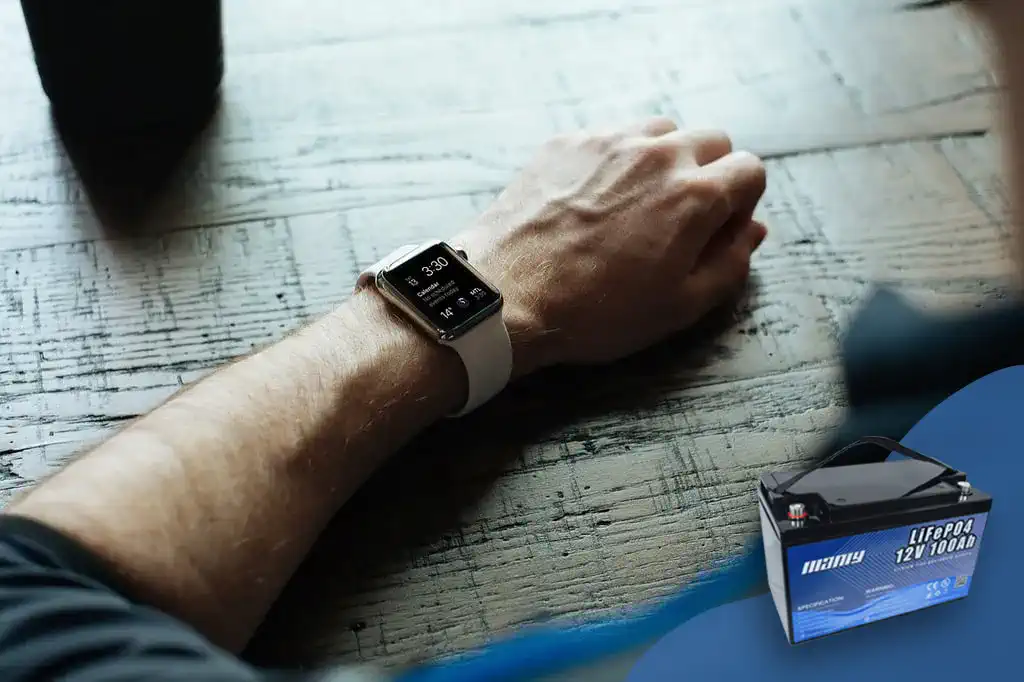2024 Stretchable Lithium Ion Battery Unlocks New Tech Fields
Table of Contents
- 2024 Stretchable Lithium Ion Battery Unlocks New Tech Fields

Table of Contents

Copyright 2025 MANLY Battery | All Rights Reserved
To receive your email faster, please copy [email protected] and send your email directly, or fill out the form below.